
(Photo by Gregory Case Photography)
Markers, pens and colored pencils are another way of adding interest to your quilts and sewing projects. Enticingly displayed at art stores and craft shops, these jewels of enticing color can make even the most strong willed individual thrill with excitement. These items are often collected randomly in mugs, plastic bags or laying on your work table. This means trouble! Pencils, which are prone to breakage by rolling off tables and pens and markers dry out when not stored properly. Then, finding what you want is a huge frustrating task as you sort through all the mugs and bags.
So gather up all of your markers, pens and pencils and lets get organized to keep them all ready to be used when you need them.
Color Your World recommends these tips for keeping your items at their best shape:
- Store dual-ended markers and pens horizontally. If you store markers, like Prismacolors and Tombows, on their ends, the ink will settle at one tip and the other may dry out. Storing them flat will make the pen or marker last longer because the ink in the barrel is less likely to dry out in general.
- Store single-ended markers and gel pens vertically with the capped tip facing down. This way the ink stays at the nib and is ready to go when you are – no slipping or streaking.
- Store colored pencils vertically or horizontally. If vertically, make sure the sharpened tips are pointing up. The tips are less likely to snap off and you won’t have to sharpen them as much. If you store them horizontally, place a piece of foam or fabric over the tips to protect them.
- Always keep your colored pencils in a container. If a colored pencil falls on the floor, not only will the tip break, the core can shatter making it practically impossible to sharpen – ‘bye ‘bye pencil. If you are using a lot of a few pencils in one sitting, keep a little tray or cup handy to hold them. You won't have to keep digging through your whole collection for the same color over and over and it keeps them from rolling off your work surface. I kept a couple of the divider trays that came inside my Prismacolor pencil tins for this.
- Keep colored pencils stored away from direct light or heat. It can be a nasty surprise to have a pencil lay down a glop of color when you wanted to use a light hand.
- Organize large collections in groups of similar colors. To make this easier, have one section of your storage for color groupings based on the basic Color Wheel. You will have an easier time finding just the color you want.
- Keep your markers and pens tightly capped. Some manufacturers say that you can leave them uncapped for up to 24 hours and the tips won’t dry out. This may be the case, but the ink will keep evaporating from the pen – such a waste. Keep ’em capped.
Now it's on to the fun ideas we found. Once again, we offer ideas for two types of creative spaces.
Options for Clean and Clutter Free
If you prefer a clean and clutter free space, consider these options for storing your embellishment items. Each offers a close at hand, organized solution without being a visual distraction.
1. 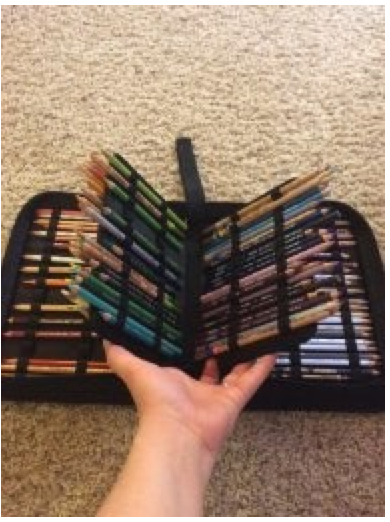 2.
2. 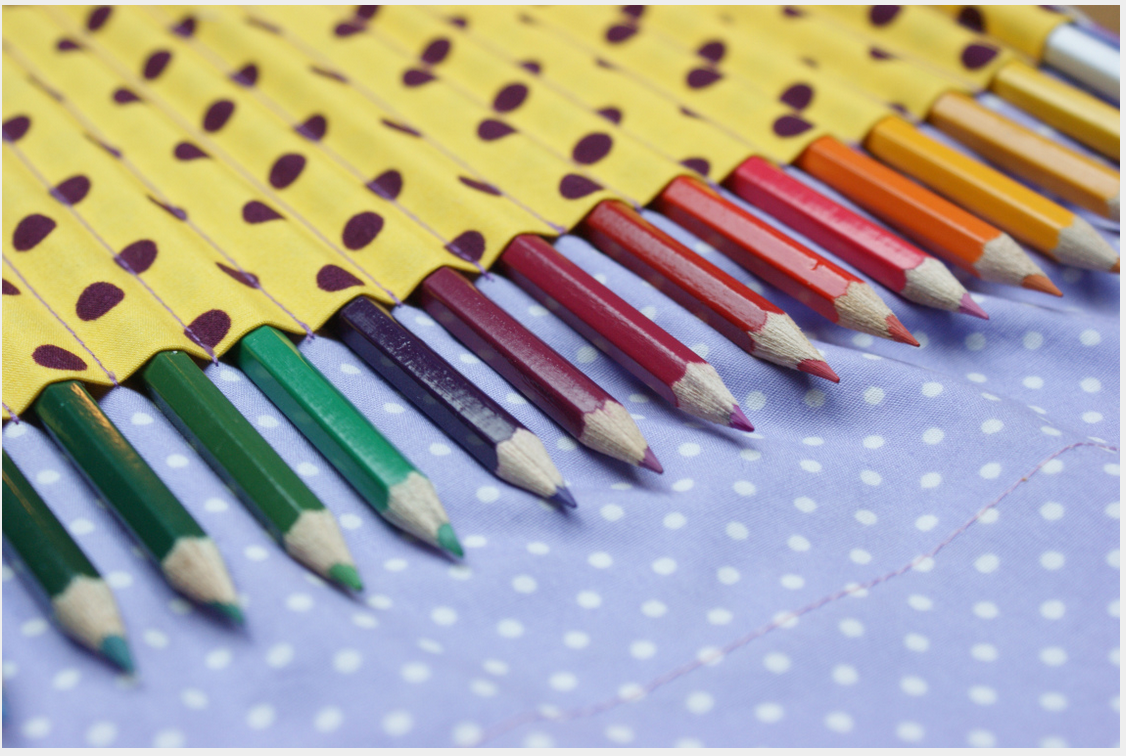
3. 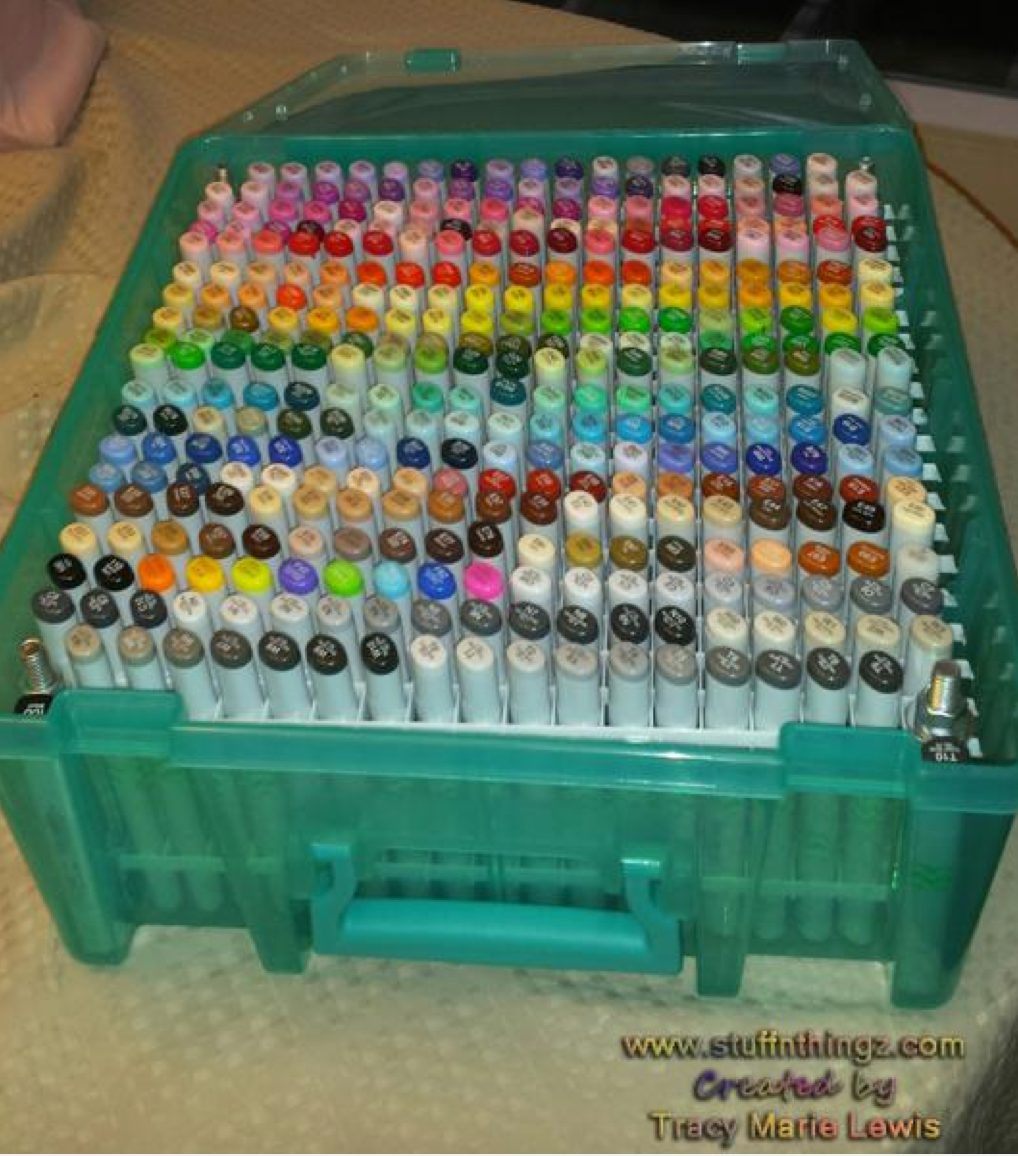
1. Tran Delux offers pencil cases that hold assorted numbers of pencils.
2. LoveMeSew shares a tutorial for making your own pencil case. (article no longer available)
3. StuffnThingz created a dedicated storage box for her markers.
Options for Visual Inspiration and Admiration
Do you prefer a visually inspiring space, or love having your collections of pens, pencils and markers out in the open and easily accessible? The following ideas might just be the perfect solution.
1.  2.
2. 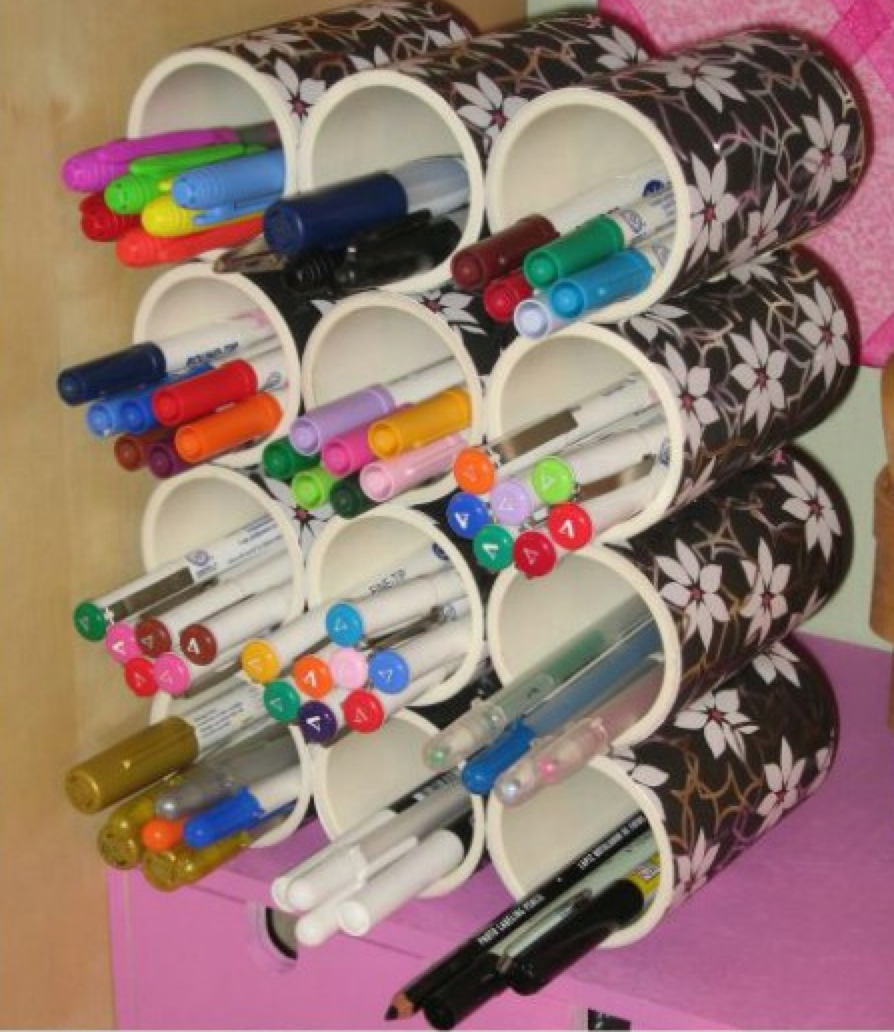
3. 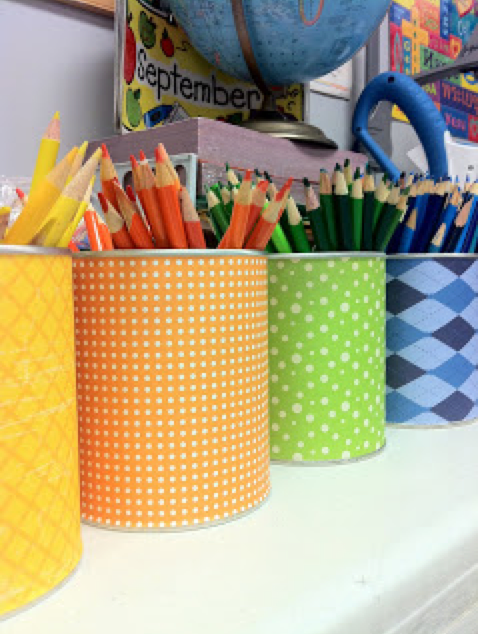 4.
4. 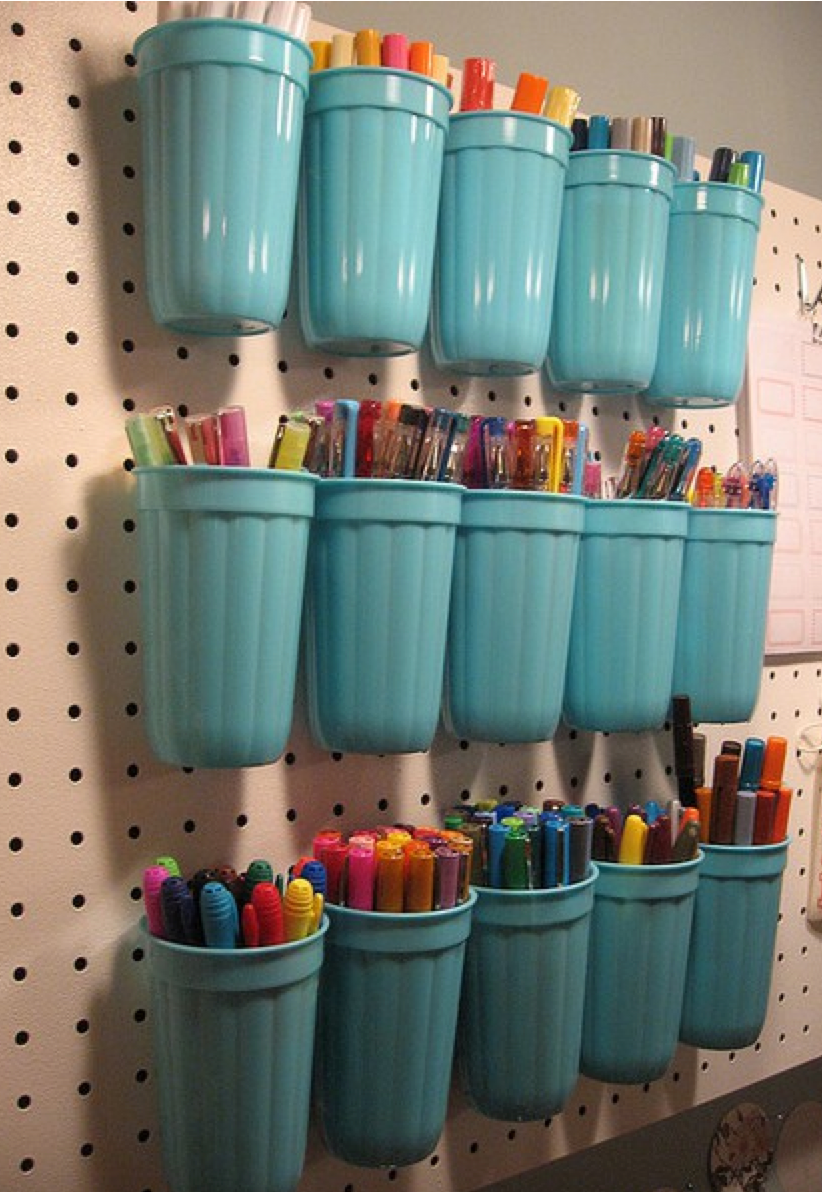
1. Tangii at TheInkingSpot used ordinary household drain spout material in PVC form cut into 5 1/2" lengths and glued together with contact cement. A bit of spray paint in your choosing is the perfect finish to this project.
2. DIYCrafts shares another idea using PVC pipes.
3. Baby formula cans covered in pretty colored paper from Allthingspink. Any can in the right size and shape will do.
4. Look for heavy plastic cups that can be hung on a peg board to organize your pens. Just drill a hole in the back and use an "S" hook to hang on the peg board.
5. Pencilpets shares a clever way to make a lazy susan style pencil holder.


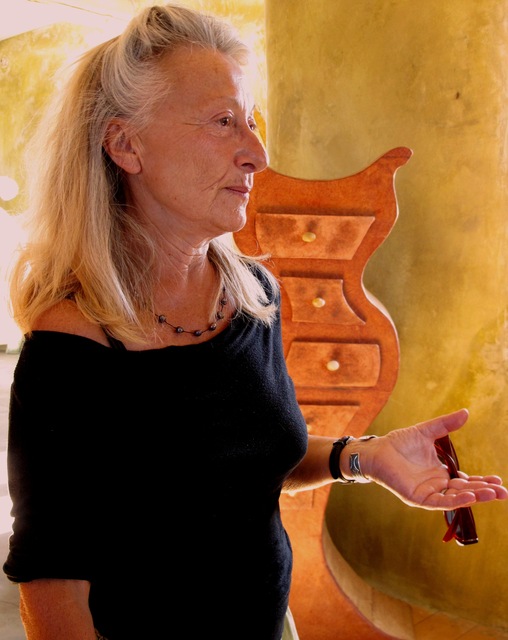 In a time when so many things are made of plastic, it's refreshing to find an artist whose works are created using such seemingly basic and ordinary items as paper, cardboard and twigs. Join us as we visit the studio of
In a time when so many things are made of plastic, it's refreshing to find an artist whose works are created using such seemingly basic and ordinary items as paper, cardboard and twigs. Join us as we visit the studio of 
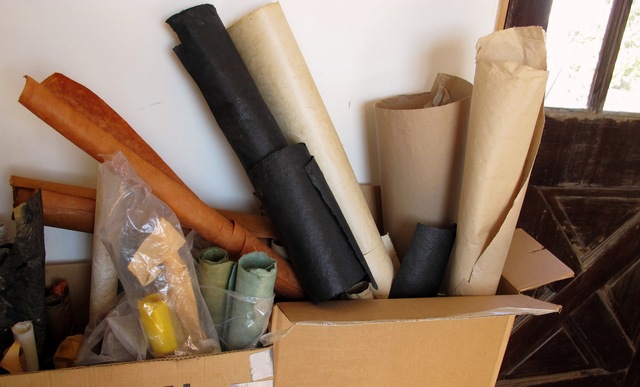
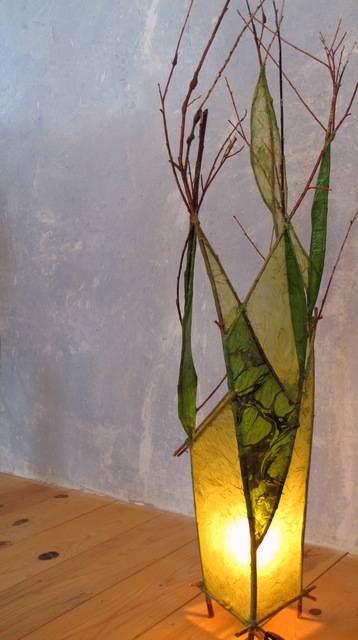
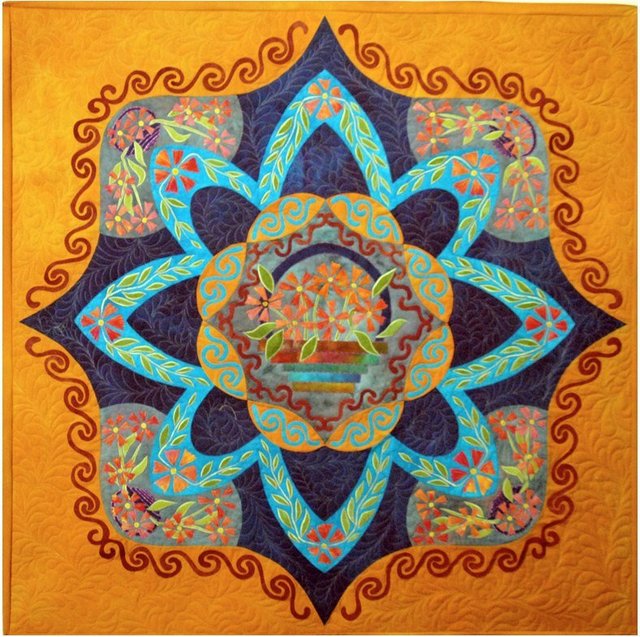
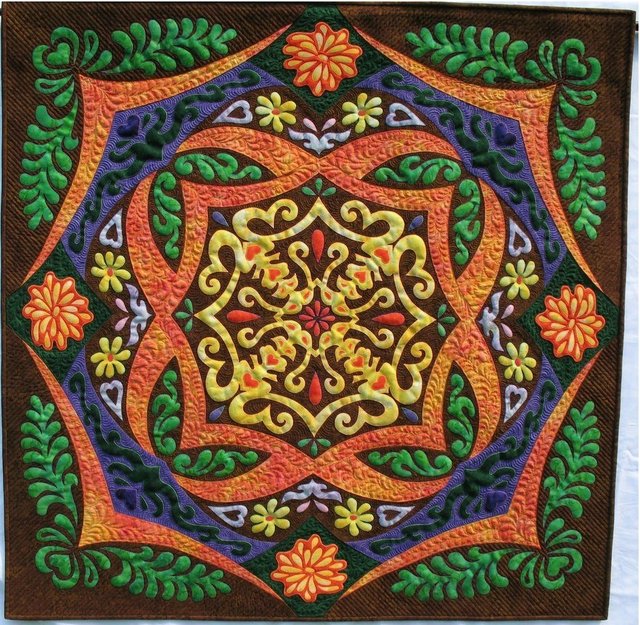


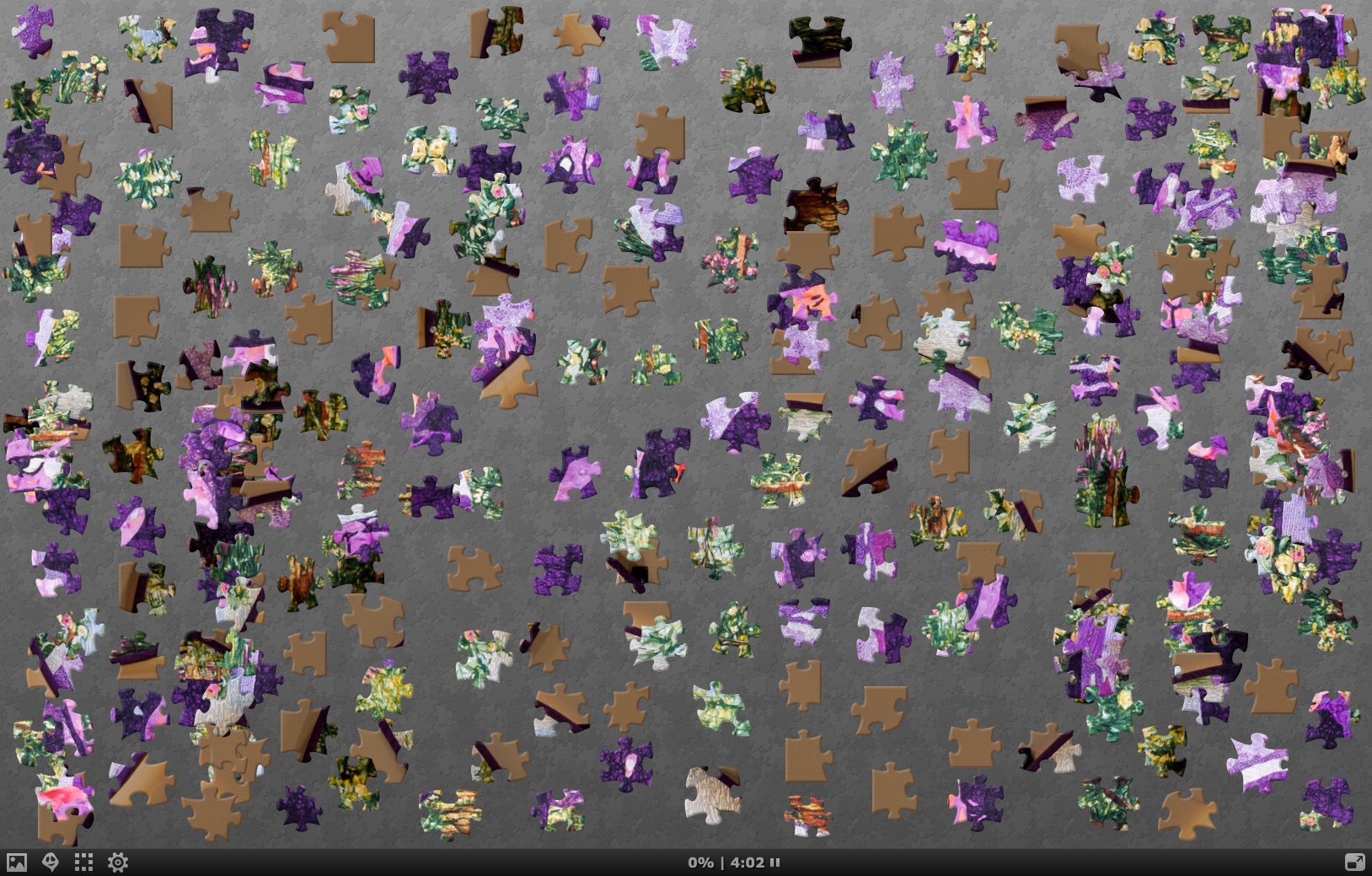



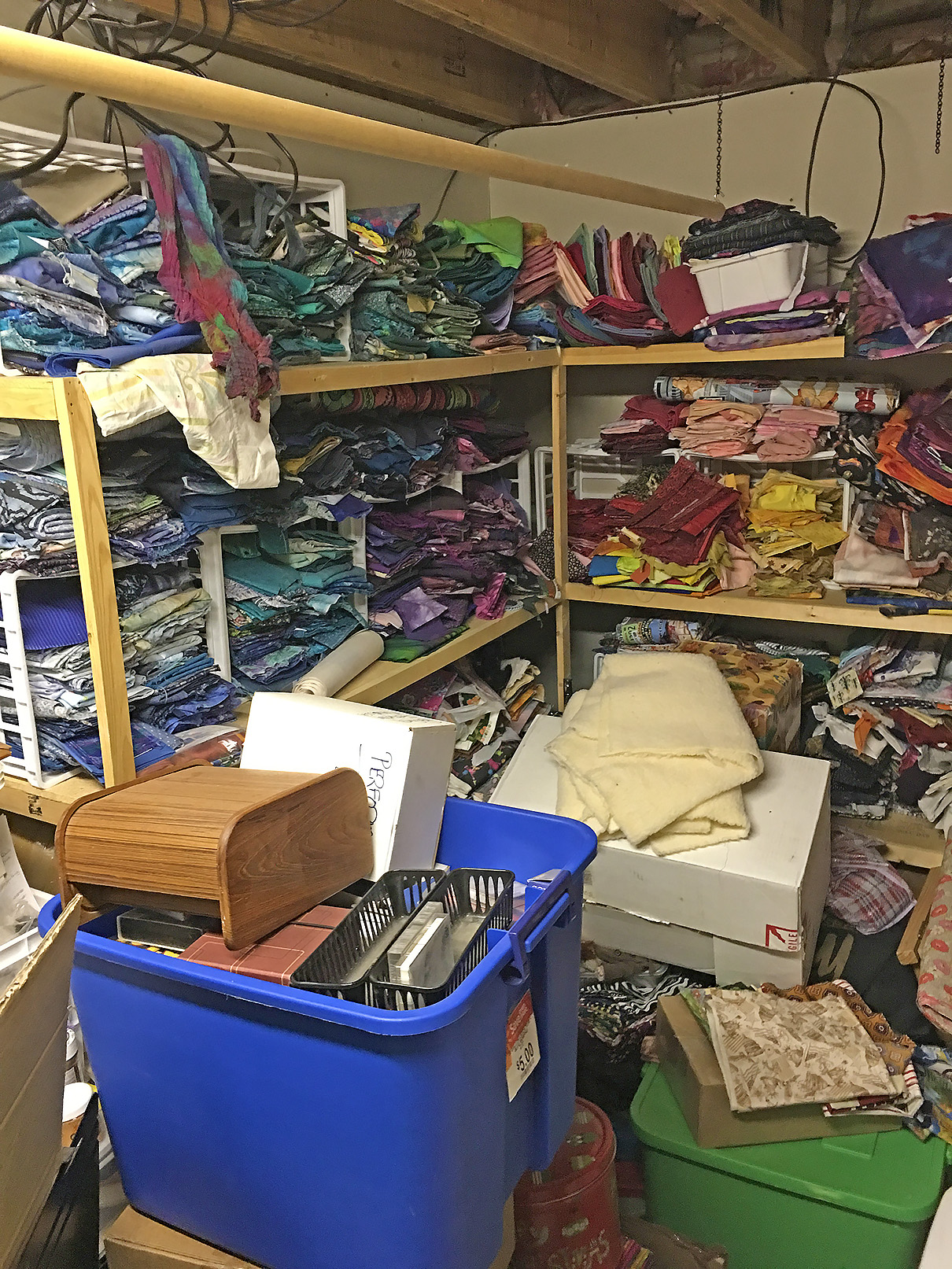
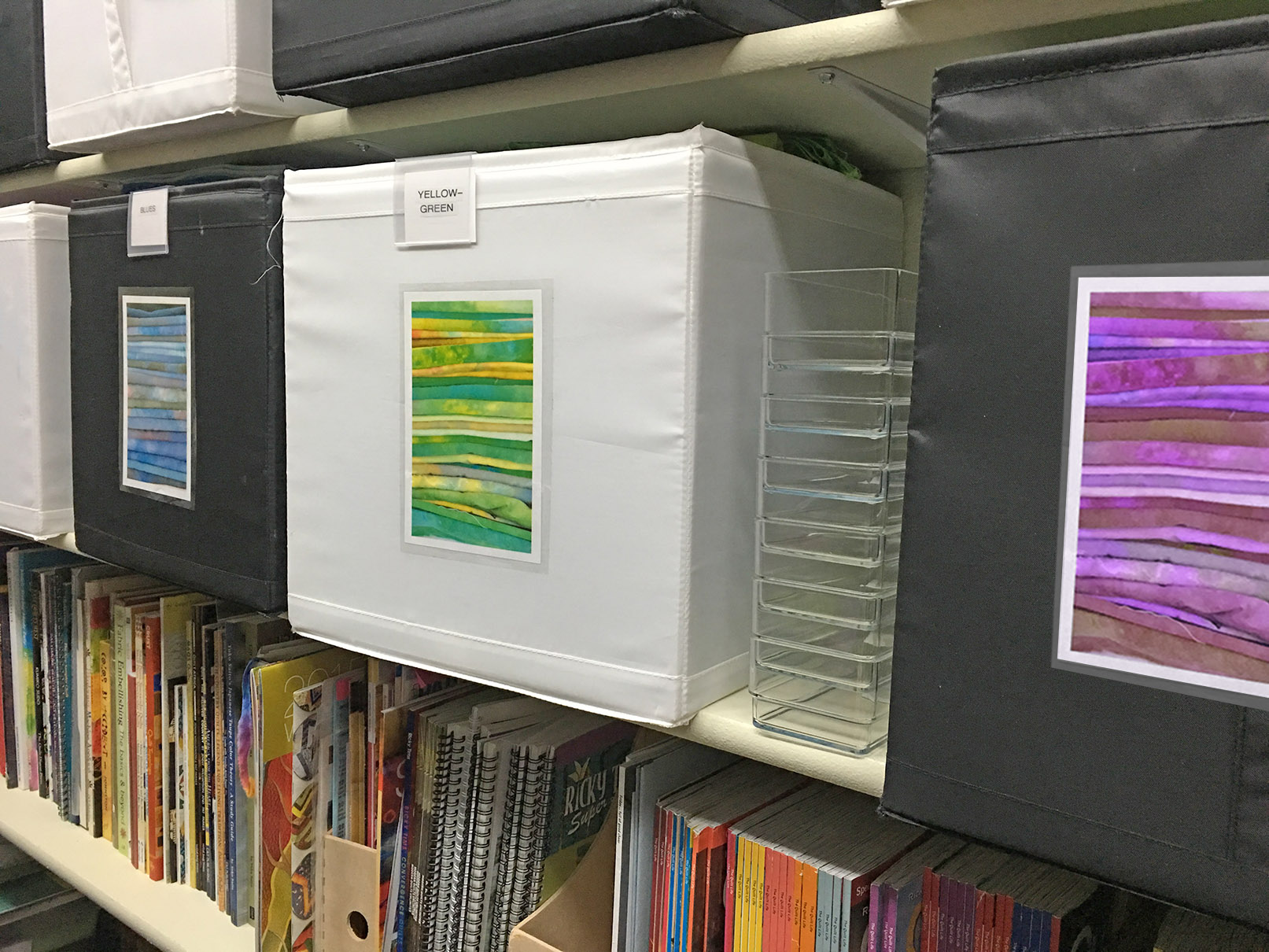
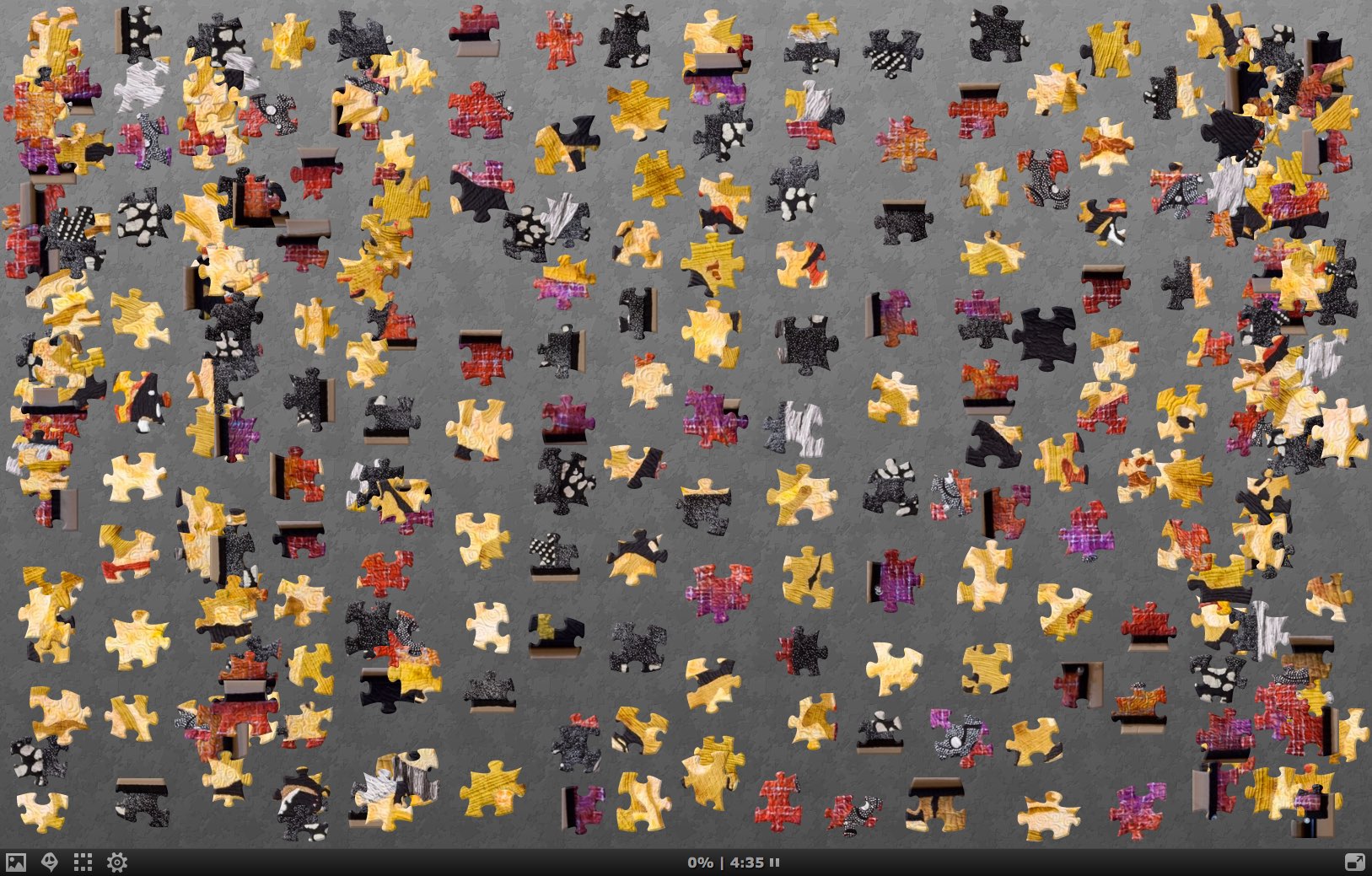


.jpg)


